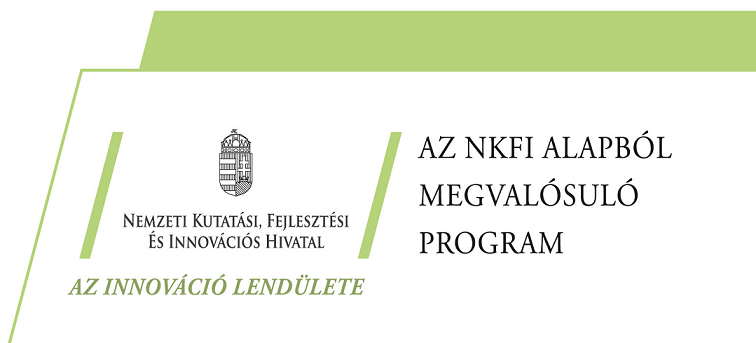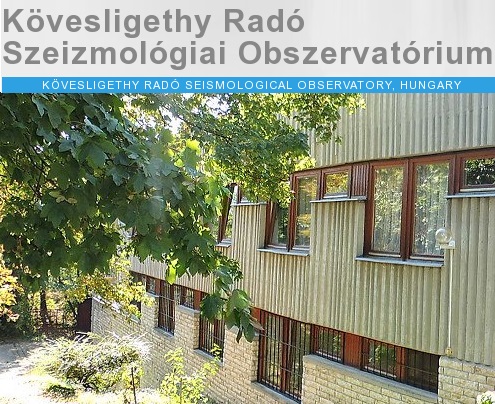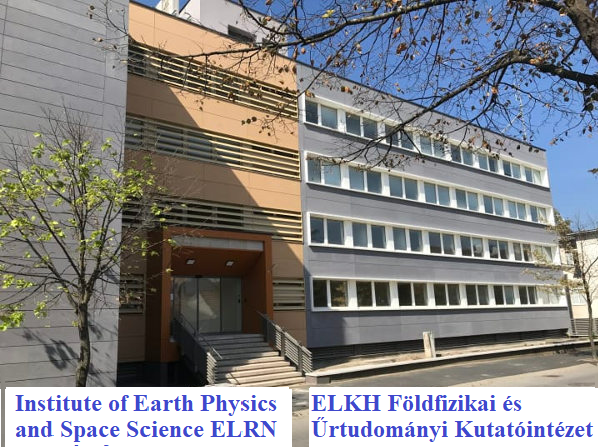SEISMO-ACOUSTIC EVENT DETECTION
- Részletek
- Találatok: 122
Bernd Weber, Péter Mónus, István Bondár, D Rossler, Csenge Czanik, Marcell Pásztor
Using the SeisComp framework with the gempa software packages LAMBDA and KAPPA, we present seismo-acoustic signal analysis of the Russian missile attack near Lviv airport (Ukraine) on March 18, 2022. We processed the records of seismological stations in Poland, Slovakia and Hungary, as well as records of Hungarian and Romanian infrasound arrays using the PMCC analysis in LAMBDA. The resulting pixel families are processed in KAPPA. We demonstrate that LAMBDA detected and located the event and KAPPA distinguished the signal from regular mining explosions and aircrafts. The resulting location is 20 km WSW from the reported impact location near Lviv airport. KAPPA, supporting custom plugins to classify signals, is used to discriminate the missile impact signal from the common detections caused by nearby quarry blasts and aircrafts. The used plugin analyzes several features of the pixel family derived from the PMCC processing within LAMBDA like backazimuth, slowness, duration, frequency range, slope of onset/coda, maximum amplitude, trends in backazimuth and slowness as well as time of detection. The signal analysis showed significant differences to the quarry blast activity, especially in the slope of onset and coda as well as in the signal duration. The recorded aircraft signals showed similar patterns as the missile impact in most features like slope of signal onset/coda and duration, but changes in the backazimuth and slowness over time while the aircraft is passing the infrasound array allowed to discriminate the signals.









